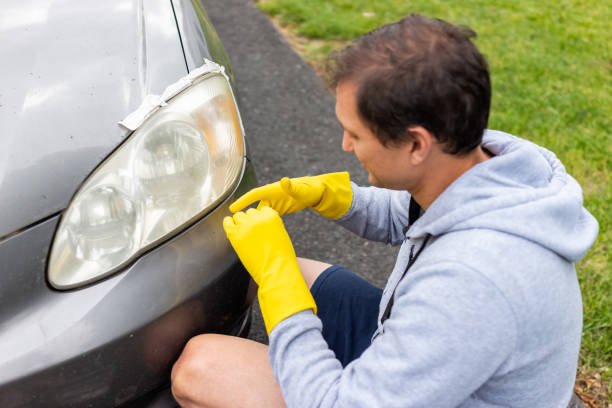Protect Your Car: Stop These Harmful Driving Habits
So, you’ve finally got your dream car—or at least something that feels like it on the best days. But here’s the real question: are you secretly its worst nightmare?
It turns out that even the most devoted drivers might be guilty of a few bad habits that make their car cringe.
Yes, we are referring to the minor, seemingly innocuous details that deteriorate your vehicle more quickly than you can say “repair bill.”
Let’s examine the ten worst driving behaviors that are destroying your vehicle and how to permanently break them before your car arranges for its own intervention. This is going to be an exciting (and a little uncomfortable) ride, so fasten your seat belt!
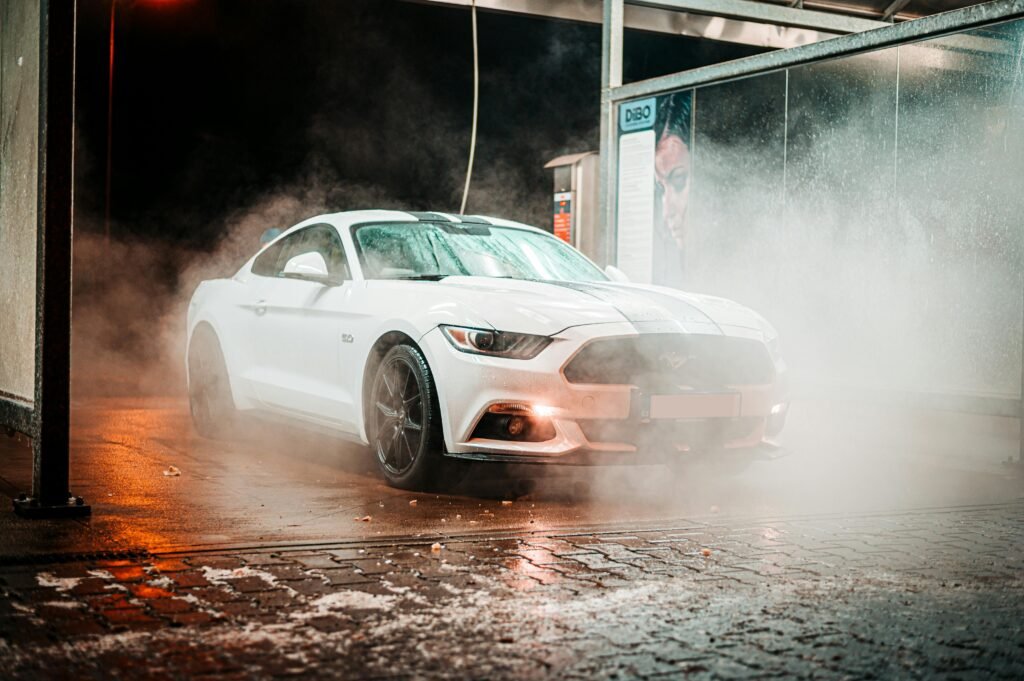
Hands Off the Gear Lever
Resting your hand on the gear lever is a simple one but a naughty one. In neutral, this is absolutely fine, but when you’re on the move and in gear, what this will do is slowly wear out the selector fork that actually selects different gears.
Obviously, very, very bad and will result in you needing a brand-new transmission or a rebuild. It’s a long day you don’t need in your life!
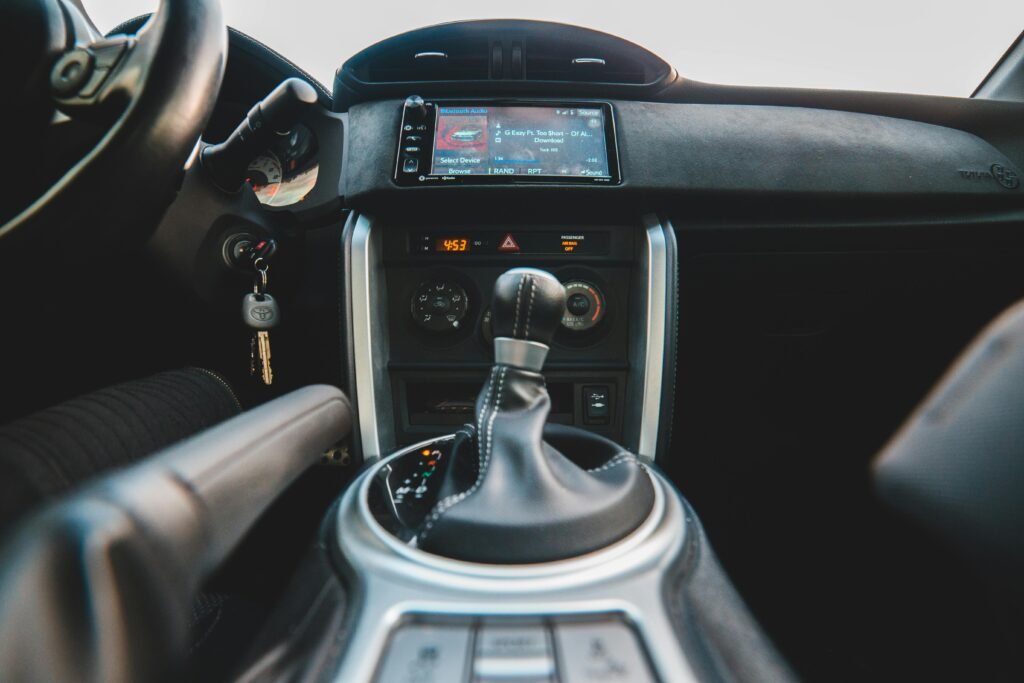
Resting your hand on the gear lever when you’re in gear feels very natural. You have one arm here, you rest one arm there, and it just feels right to put your hand on the gear lever. It does—but it’s really bad for your car.
So what you want to do is use your hand to change gear and then immediately release the gear lever. Change gear and just come off of that gear lever. I know it feels wrong; you want to rest your hand there because it feels right.
Here’s how I unlearned this habit: I did a little hover, just hovering near the gear lever without actually touching it.
This is how I taught myself to stop doing it. It’s really difficult; you want to put your hand on it, but you shouldn’t. Change gear, let go, and if you’re like me, you can wave your hands around a ton. Or, just put the second hand on the steering wheel for better control. Change gear and let go—it’s the right way to do it.
Potholes
I hear Americans saying “X state has really bad potholes” or “Y state has really bad potholes.” Do you know what the truth is? The world has terrible roads, and there are potholes everywhere.
Potholes will ruin your tires, your wheels, and potentially your suspension components. Just avoid them! It’s not that hard—let me give you a demonstration.
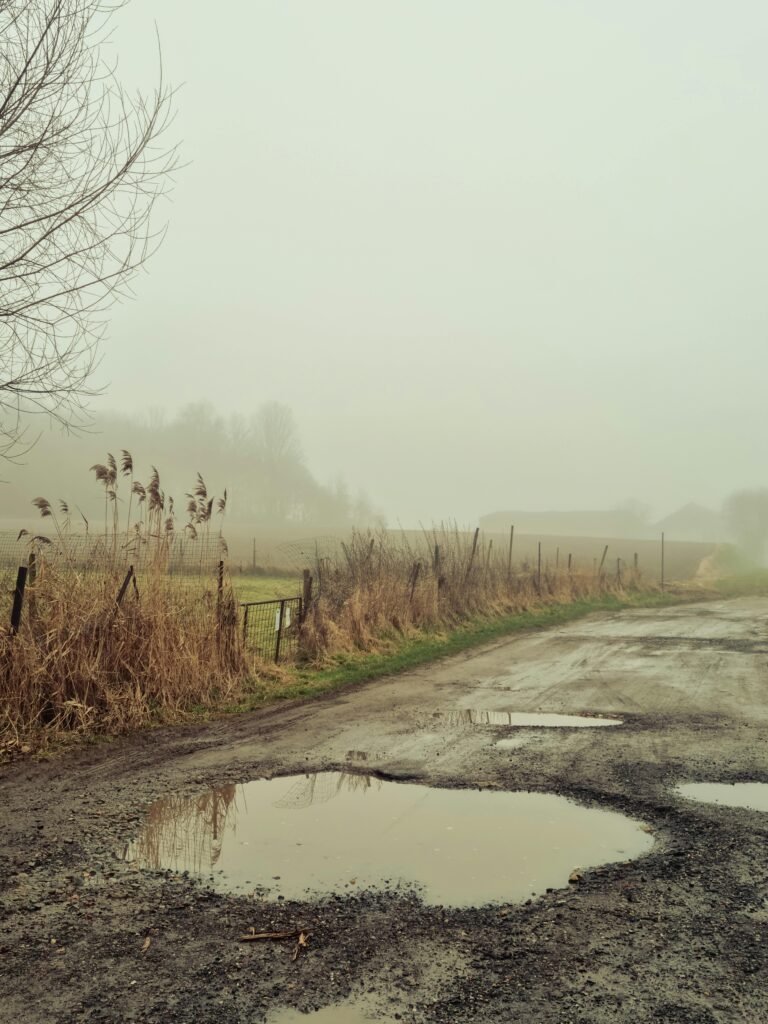
Avoiding potholes is the simplest thing to do that everybody should be doing. I don’t understand why people don’t. Going through a pothole is not nice, so why would you want to subject yourself to that?
Potholes are where you’ll crack tires, shred them, and crack wheels. If you hit one hard enough, you’ll crack suspension components.
Why would you want to? I don’t understand, and it’s not hard to go around them.
If there are potholes on the inside here, I just don’t go through them. If there’s a pothole right in the track of where my wheels are, then I’ll move my wheels out of the way. I don’t understand why people choose to go straight through them.
If you’re not noticing potholes, then open your eyes! The road is smooth, and then it’s not. Don’t go through the part where it’s not. Look, there’s a pothole there, and I’m just going around it—why would I want to go through it?
And I don’t want to hear any excuses about people saying, “Oh, I didn’t have enough space to avoid the pothole.” My daily driver is almost 2 meters wide.
If I can be on this tiny country lane and still avoid potholes, you, in your normal car, can absolutely avoid them. Space is not the issue.
Avoid Standing Water
Standing water is not your car’s friend. A lot of cars from the early to mid-2000s were really bad for rust—the Japanese stuff would melt away, and even a lot of the German stuff, like Volkswagen Golfs and such, would rust.
One fantastic way to accelerate rust and make sure your car has a bad day is to drive through standing water.
Now, there are times when this is unavoidable, but in those situations, the best thing you can do is drive really slowly through it.
Don’t create a big splash—that gets water into places you don’t want it. Keep your speed to a minimum so there’s minimal water being flung into your wheel wells and other spots.
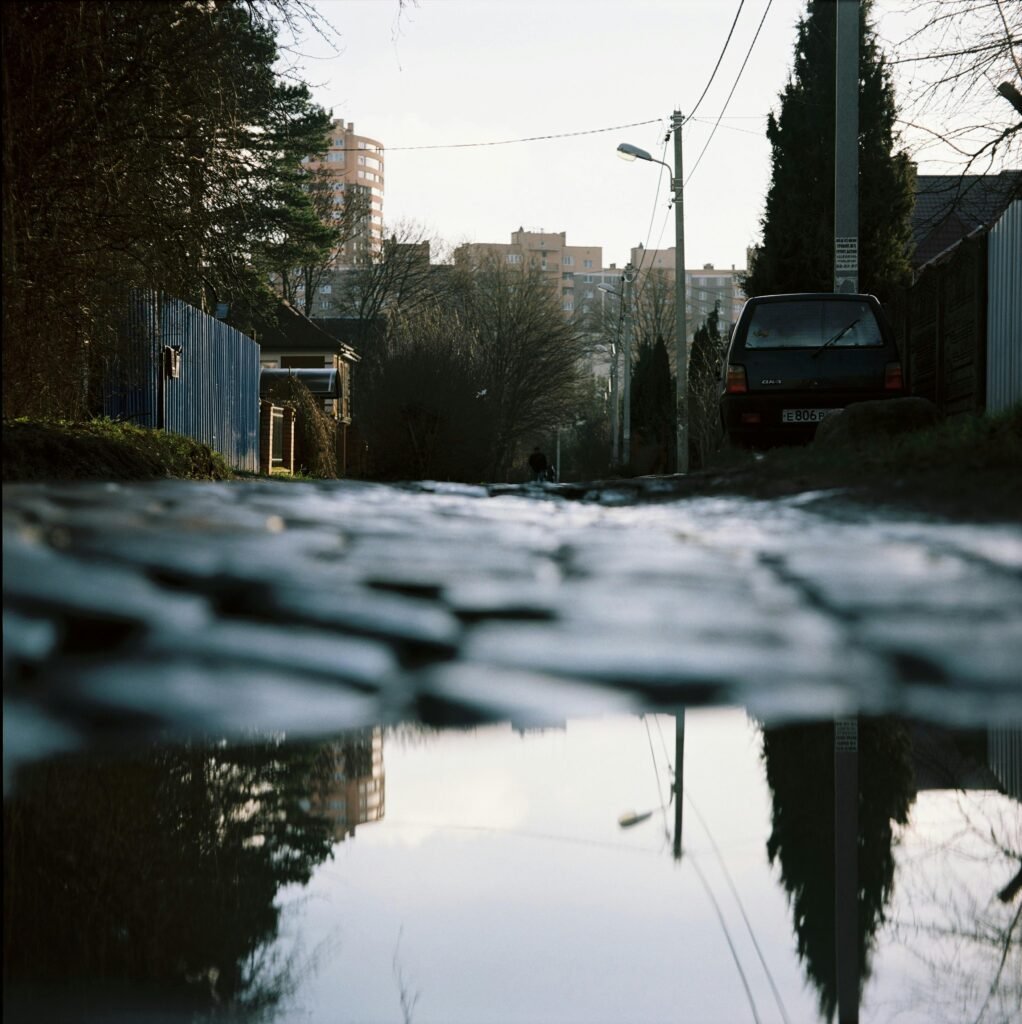
But I see people who think it’s fun, driving through big puddles and making a big splash. They don’t realize they’re demolishing their car.
You’ve got to give the car a fighting chance. Oftentimes, if the water’s been standing a while, it’s going to have mud, rubbish, salt, and other junk in it.
You don’t want that anywhere near your car, so avoid it if you can—and if you can’t, go slow. Also, standing water hides potholes.
I have a story for you. Last year at a Christmas party, my boss took us all in his A-Class Mercedes saloon to the venue.
We were going down a country lane not too different from this, with a huge amount of water on one side of the road. He was going maybe 10 miles an hour and decided to go through the water—right into the biggest pothole I’ve ever seen, which was hidden under the water. He cracked two wheels and ruined his whole day.
Don’t do that! Avoid the water; you don’t know what’s under it. Even if there’s nothing hidden, the water itself is bad for your car. Avoid potholes, avoid water, basically avoid anything that isn’t the road.
Check Your Tire Pressure
I see a lot of people who think they’re smarter than the manufacturers who made their cars. No, 50 to 60 PSI is not a good idea.
All it will do is relocate the wear. Instead of the were being spread over the whole tire, it’ll be concentrated on a tiny bit in the middle.
Similarly, some enthusiasts think lower pressure means more grip. To an extent, it does when the tires are hot, but on the street, running at 22 PSI isn’t giving your tires a fighting chance.

You’ll get odd wear patterns, probably on the outsides. It’s a long day—don’t do it. Trust your manufacturer’s recommended tire pressure.
If you want extra fuel economy or grip, go maybe 3 PSI above or below. But don’t go 10 or 20 PSI in either direction, as some people do. It’s pointless and just ruins your tires.
Plan Ahead
One of the biggest causes of car damage is drivers not planning ahead. For instance, on a country lane with a speed limit of 60 MPH, if I don’t plan ahead, I’ll have crashes and bad experiences.
There’s a tight corner up ahead, so I slow down and pick a good gear, even though I’ve never driven this road before. Planning lets me drive confidently but safely.
I slowed down to 50 MPH there because I was prepared for the junction situation up ahead. I’m making room for other drivers, like cyclists, and creating space in case someone overtakes them unexpectedly.
You may notice I drive quickly, but with my M2, I can stop on a dime. This car accelerates fast but also stops fast, which is perfect for tight, narrow roads. I look out for things like elevation changes, which allow me to use engine braking for better fuel economy.
Driving is just planning—you’re constantly thinking about what’s coming and how to best handle it.
Engine Brake
Engine braking is brilliant—it saves fuel and smooths out your drive. Everyone should use it. The trick is doing it right. Engine braking is just easing off the throttle while in gear.
If I’m in third gear and lift off the throttle, I’m slowing down—that’s engine braking. You don’t even need to shift. But don’t use the clutch to slow down; that just destroys it.
Some think engine braking is dipping the clutch, shifting down, and releasing it to slow down. That’s not correct; you’re just wearing out the clutch.
Mastering Clutch Control
The clutch connects your engine to your transmission, so it’s best to treat it gently. Like anyone else, I enjoy a spirited drive and might downshift a few times before accelerating. But I always focus on smoothness and finesse, especially with my left foot. Jamming the clutch and flywheel together isn’t good for your car.
If I understand what my left foot is doing, I’m more likely to have “mechanical sympathy.” It’s when I don’t understand that I’m rough and careless.
Skipping the Handbrake
I love watching people who hop out of their car without setting the parking brake—it’s funny because I know in 10 years they’ll need a new transmission.
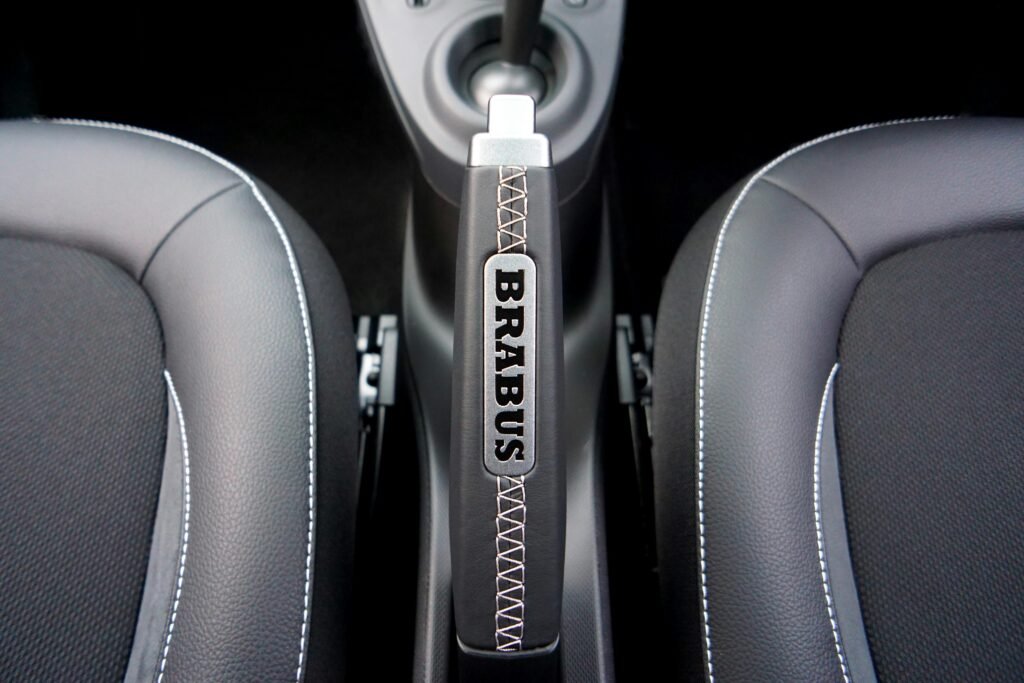
When you put the car in park, there’s a rod that stops the transmission from moving. Over time, that rod wears down, requiring a costly transmission rebuild. Avoid that hassle by using the handbrake. Whether manual or electronic, it only takes a second.
Parking with the Car in Gear
A bad habit is parking with the handbrake up and putting the car in gear. I get it—it feels like insurance, especially if you’ve had issues with a handbrake failing.
But this puts weight against the transmission, wearing it down over time. If your parking brake is reliable, just leave the car in neutral. With modern electronic handbrakes, issues are rare.
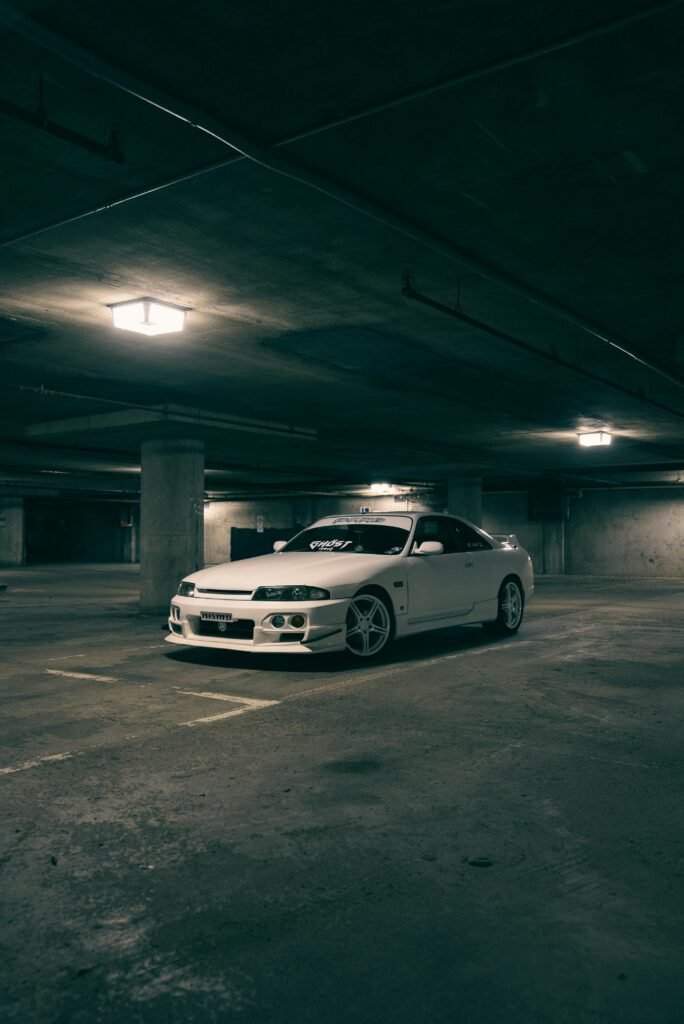
Well, there you have it—ten ways to treat your car better and keep it from breaking up with you (mechanically, that is).
Sure, a few of these habits might be hard to shake, especially if resting your hand on the gear lever is as natural as checking your phone every 10 minutes. Consider it this way: your automobile would be requesting these adjustments (and with a high five for each pothole dodged) if it could speak.
If you take good care of your vehicle, you’ll enjoy more of those flawless, drama-free drives and fewer trips to the shop. Drive as the car-loving enthusiast you were destined to be now!

